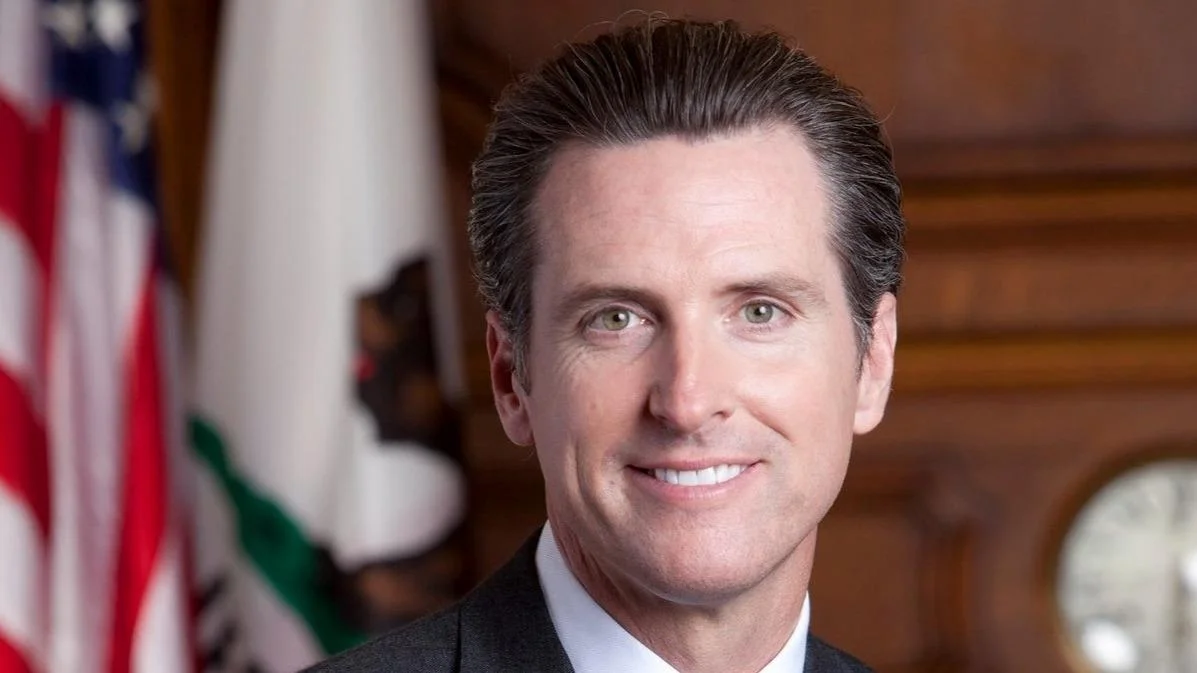
Gavin Newsom, Governor of California | Official website
Cities across California are reporting decreases in homelessness, with state officials attributing the trend to a combination of local and statewide initiatives. The reductions come as national rates of homelessness continue to rise.
Governor Gavin Newsom stated, “I have been clear that I expect every community to address encampments and help get people off the streets and the support they need. My administration has provided unprecedented support. Addressing encampments means more than just sweeping them up, which is why California has developed a comprehensive and effective approach to end the mental health epidemic, create more shelter, and support our communities to get people into a safe home.”
Local governments conduct annual point-in-time counts each January, with final numbers typically released in December. While this year’s preliminary data has not yet been verified by the U.S. Department of Housing and Urban Development, early reports from various communities suggest a possible statewide decrease in homelessness.
Some of California’s largest urban areas have reported notable declines in both unsheltered and total homelessness. For example, Los Angeles County reported a 9.5% reduction in unsheltered homelessness, while San Diego City saw a 13.5% drop in total homelessness. Other regions such as Riverside County CoC (-19% unsheltered), Sonoma CoC (-22.6% total), Contra Costa County CoC (-25.5% total), Ventura County CoC (-15.6% total), Watsonville/Santa Cruz City & County CoC (-20.4% total), Kings County (-26.7% total), and Tulare County (-7.1% total) also reported significant decreases.
These figures are gathered through regional continuums of care (CoCs), which coordinate efforts among cities, counties, and service organizations to connect individuals experiencing homelessness with needed services.
State officials highlight several strategies behind these results:
- Expansion of behavioral health treatment facilities aims to address mental health needs tied to homelessness.
- Voters approved Proposition 1 in 2024, authorizing $6.4 billion for mental health treatment settings and supportive housing for veterans and those experiencing homelessness.
- Updates to conservatorship laws now include individuals unable to care for themselves due to severe substance use or mental illness.
- The creation of CARE courts allows court-ordered plans for those struggling with untreated mental illness or substance use disorders.
- Reforms intended to accelerate housing construction have removed some regulatory barriers.
- State funding supports local governments in building shelters and providing services, with accountability measures attached.
- Governor Newsom filed an amicus brief supporting local authority to clear encampments; following a Supreme Court decision affirming this authority, he issued an executive order directing state entities and local governments to clear encampments using established protocols.
From 2014 through 2019—before Newsom took office—unsheltered homelessness increased by about 37,000 people in California. Since then, the growth rate has slowed even as other states face worsening trends.
In 2024, while national homelessness rose by over 18%, California’s increase was limited to about 3%. The state also restricted growth in unsheltered homelessness to less than half a percent—well below the nearly 7% national average increase during that period (https://www.huduser.gov/portal/sites/default/files/pdf/2023-AHAR-Part-1.pdf). States including Florida, Texas, New York, and Illinois experienced larger increases both proportionally and numerically (https://endhomelessness.org/homelessness-in-america/homelessness-statistics/state-of-homelessness-dashboards/?State=CA).
California also recorded the nation’s largest decline in veteran homelessness last year (https://www.va.gov/HOMELESS/docs/2023-Veteran-Homelessness-PIT-Count.pdf) along with progress on reducing youth homelessness.
The final statewide numbers will be confirmed when federal verification is complete later this year.
 Alerts Sign-up
Alerts Sign-up